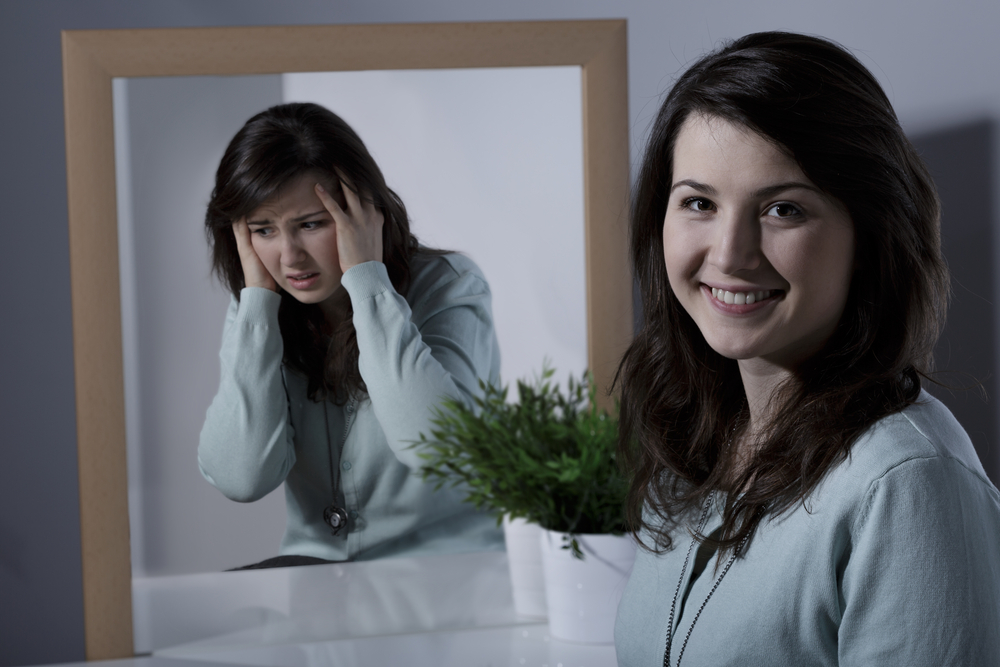Distinguishing Between Panic and Anxiety Attacks: Key Differences Explained
Learn the key differences between panic and anxiety attacks, their symptoms, triggers, and effective management strategies. Understanding these conditions helps in seeking appropriate treatment and reducing distress. This guide emphasizes the physical and psychological aspects of both attacks, offering practical self-help tips and encouraging professional consultation for optimal care.

Understanding Panic Versus Anxiety Attacks
Many people confuse panic attacks with anxiety episodes, often using the terms interchangeably. However, experts reveal that these are distinct conditions. Here's what you need to know.
What defines a panic attack?
A panic attack is characterized by sudden, intense fear triggered by minimal or no obvious external causes. It typically lasts less than 30 minutes and involves feelings of losing control, overwhelming terror, and disorientation. Physical symptoms such as rapid heartbeat or sweating are common.
What is an anxiety attack?
Anxiety attacks usually stem from persistent worry about future or unlikely events. They develop gradually and can lead to ongoing stress or depression. Symptoms include mental fatigue, irritability, and physical signs like increased heart rate.
Distinguishing anxiety from panic
Imagine driving alone at night with a feeling of constant unease about potential danger—that's anxiety. But if suddenly a dog appears unexpectedly, causing you to freeze and panic, that's a panic attack. The two differ significantly.
Symptoms Comparison: Panic vs Anxiety
Panic Attack
Heavy sweating
Rapid heartbeat
Difficulty breathing
Sensation of choking
Chest pain
Numbness
Feeling cold or hot
Fear of losing control
Anxiety Attack
Fatigue
Persistent stress
Irritability
Restlessness
Difficulty concentrating
Elevated heart rate
Notice how panic attacks mainly involve physical symptoms, while anxiety predominantly impacts mental health.
Managing Panic and Anxiety Attacks
Recognizing the differences helps in effective intervention. Regardless of the type, several treatments, including therapy and medication, are available. Consulting a healthcare professional is always recommended for proper diagnosis and guidance.
Self-help tips include:
Practice slow, deep breathing techniques
Engage in relaxation methods like meditation or aromatherapy
Seek support from peer groups
Use mindfulness exercises to stay grounded
Note:
This article provides informational content about symptoms and management of panic and anxiety attacks. It should not replace professional medical advice. Always consult qualified healthcare providers for diagnosis and treatment options.










